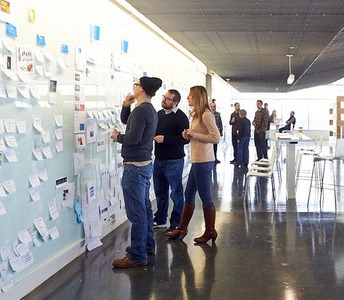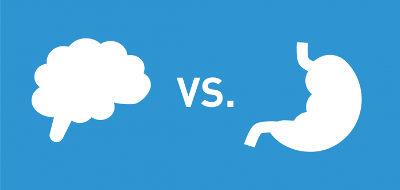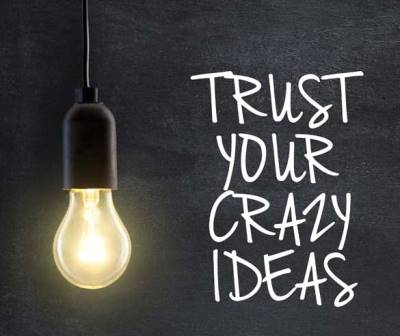In this excellent post ‘Why AI Will Not Create Great Content Any Time Soon‘, Christopher Penn makes the point that AI can’t really be trained to make better than mediocre content. Still it can certainly create heaps of it!

The point is that AI needs to be trained, therefore it will be trained on existing content. And existing content is scrapped from the web. The post goes into detail on the origin of those training databases used to train content-generating AI. It is not a huge database, and while the people that have created them have tried to filter the worst, it mainly contains average content.
“Which means that natural language models will inherently be biased towards creating mediocre content, content that’s readable and coherent, but not compelling or unique, because that’s what the vast majority of the language is that they are trained on.”
The post continues with actual real life experiments on actual content, asking for an AI algorithm to fill-up the remainder of the text. It appears quickly that it can’t imitate unique writing styles or unique ideas.
Of course the problem is that AI generated content can be produced much more easily and may flood media, drowning the best content. On the other hand, people have learned where to find unique content so for the foreseeable future, as long as your content is unique in terms of style and content, AI will not be able to imitate you!











